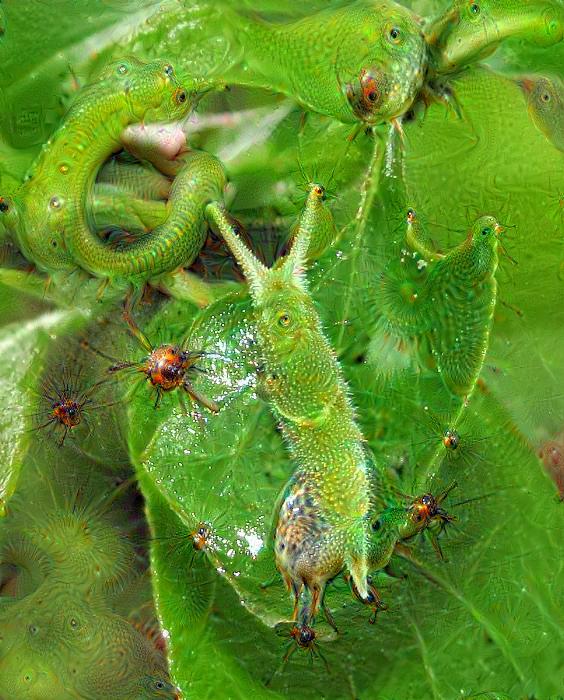Bait at the ready, I was off to Fermyn on Thursday evening, camping nearby for an early start on Friday and Saturday. Unfortunately I got lost taking a short cut in and it was well over an hour later when I found myself in the main wood.
I immediately saw a male Purple Emperor down on the track on my way in, by this time it was really heating up, and then it was 'Emperor City baby'.
Different males were down throughout Saturday, zooming back and forth along the rides. I must have seen around 30+, but others saw around 50+.
They were very active in the heat, my last grounding being at 18.00. One individual was flying with a small deformed right hind wing, perfectly ably. It was like Disneyland for lepidopterists!
I was particularly pleased to show a pretty young lady from New Zealand her first Purple Emperor, she was thrilled, she had been wondering what all these strange men and women were doing lying down on the track!
Saturday was quite a different day, sunny in the morning, clouding over in the afternoon. Activity in the morning was hectic, continuous groundings mid morning, so many that some were not noticed by the crowds, this activity tailed off by the early afternoon but they were ever present. Females were seen and photographed on both days, including a male and female together.
I decided to leave around 14.30 as I thought things couldn't get any better. BIG MISTAKE, around this time my friend Steve Guy was walking along a ride when a full lugenda male drifted slowly low past him, he saw it well but it powered off up high over the trees, he never saw it again. This was a time for baiting if ever there was one.
Another superb year at Fermyn, many friendly people, the only down point was the amount of cars going up and down the main track, on two occasions I had a male down to myself.
The crowds came and went, I even heard about near fisticuffs, but all went home happy. Now where's that lugenda, nearly qualified for Matthew's special badge!
























































